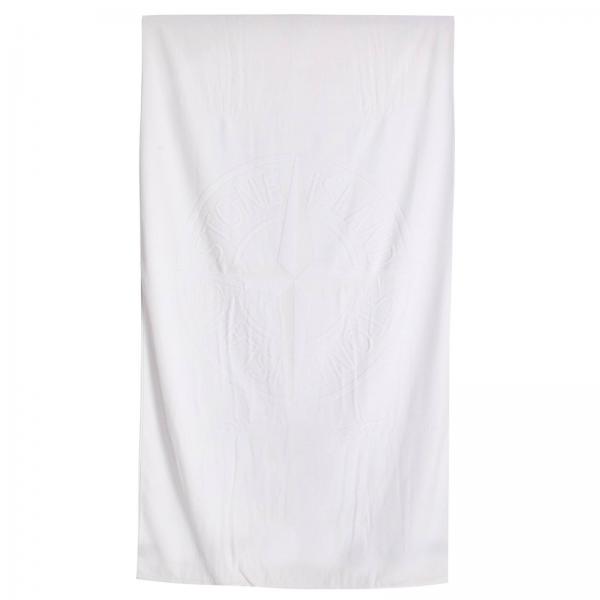Rumors, Lies and How To Start A Sports Apparel Business
페이지 정보
작성자 Kay Willie 작성일24-07-01 01:24 조회2회 댓글0건관련링크
본문
I did not plan to model those three companies anyway, since they saw no action, so decided to model all 15 of the companies in the main force at Inverness and give them all uniforms. I decided to model the only non-clan company, the Inverness company, in Inverness tartan trews. I therefore needed a model of Norman MacLeod, and based this on a well known portrait of him (see here). I felt I had done pretty well as the Chief and I was glad to be going back to Orlando for another tour. The navy was a very stratified and class-conscious organization - and generally speaking we were considered as "second-rate" by the regular force cadets as well as by many of the other officers and men we encountered. The force probably included four companies of 64th Foot, one Additional Company of the 43rd Foot, all five MacLeod Companies, both MacKay Companies, both Sutherland Companies, both MacKenzie Companies and the Munro Company, leaving the two companies of 6th Foot, plus the Grant, Ross and Inverness Companies back at Fort George in Inverness. The second was at Littleferry, where one MacKay and one Sutherland Company captured Lord Cromartie and his men.
In a second letter he mentions that "some, at least, of the companies did not get their uniform clothing until they had been in the field for some time". His Regiment was established for 12 companies, probably 10 with the main battalion and 2 recruiting companies. One company (Major MacKenzie’s) had been left at Inverness, possibly with the other half of the Colonel’s company and the two skeleton recruiting companies. Three companies were raised in the South West by the Regiment’s Lieutenant Colonel John Campbell of Mamore, and operated with his newly raised Argyll Militia, at both Falkirk and Culloden. I have assumed that Lord Loudoun’s priority would have been those at Inverness, so those three companies in Skye and Lewis probably did not get uniforms until later. Here are the four MacLeod Companies. With the best of brands for green scrub tops and scrub pants, and complete green scrub sets, we vouch to deliver quality medical scrubs that are par excellence.

With a vast selection of styles and sizes available at discounted prices, there’s no need to compromise on quality or style. While there’s a lot more choice for plus-size women in need of new apparel if you want to look you best in designer clothes, you’ll be disappointed to learn that the luxury end of the market isn’t keeping pace with the evolution of the market. There were a couple of very small actions at the end of the Rising. You may end up choosing a colour that doesn't fit the style of the company or the staff may think it's a mismatched colour, and obviously you don't want that to happen. It's important you stand out from the crowd - so think about what's the next thing to be more sustainable? Wherever there are two or more companies to a clan, then I have modelled a command stand of an officer and piper. Jeans and a hooded sweatshirt are common classroom uniforms in the US, but as Tran pointed out, US classrooms are very cold, particularly for students used to warmer climates. However the Argyll Militia were disbanded in August 1746 and never received any uniforms. The Independent Companies certainly did have uniforms before they were disbanded in 1747. It was originally thought that these uniforms were not issued until after Culloden, but I have seen the correspondence between Major Mackay-Scobie (late Seaforth Highlanders and the former curator of the Scottish National Naval and Military Museum) and Captain Campbell (late of the Gordon Highlanders), when the latter was producing an illustration of "A Private Man in his Regimentals - Highland Independent Companies of 1745-7" which accompanied Major Mackay-Scobie’s article of that subject in the Journal of the Society of Army Historical Research in 1941. This correspondence says of the uniform that "some of the companies did not actually get until after Culloden".
I have seen the muster rolls for three of these companies and hotel collection towels they were all over 100 men. I would therefore estimate that four weak companies (perhaps 60 each) was the maximum of the 64th Foot accompanying Lord Loudoun. Loudoun’s force relieved Fort Augustus, then went on to attempt to apprehend Lord Lovat at his home Castle Dounie. However in December 1745, he rather rashly split his forces, taking the bulk of his troops on a mission against the Fraser Clan, whilst leaving a separate force to confront the growing Jacobite threat near Aberdeen. However on 20th March 1746 the Jacobites launched a brilliant amphibious assault across the mouth of the Donorch Firth, taking advantage of an early morning mist. In late February the Jacobites advanced on Inverness and Lord Loudoun pulled his forces back to the North, initially behind the Cromarty Firth, then behind the Donorch Firth. This makes them look not dissimilar to the illustration of a Loyalist Volunteer on the front cover of Stuart Reid’s "Wargaming with Jacobites 1745", published by Partizan Press. He spread his men out along the Firth and the river which continued inland, with the main concentration to the West, since he thought the wide mouth of the Firth was too difficult for the Jacobites to cross, particularly since it was covered by Royal Navy patrols.








